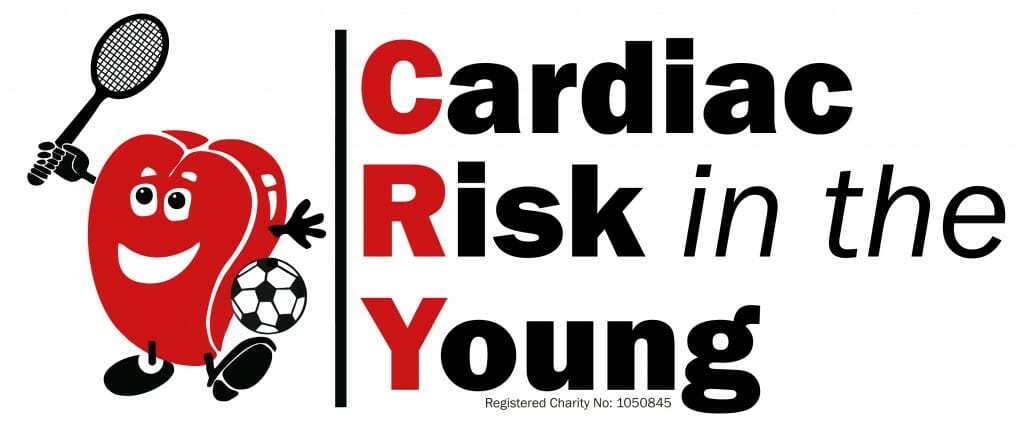Living With long QT syndrome
I have always been a fit and active person, participating in many sporting activities – two of which were hockey and horse riding, family passions that I inherited. During my teenage years I competed at top level both on horseback and on the hockey field.
Looking back, I was given so many warning signals – dizzy spells, heart palpitations and severe tiredness – all of which I ignored and simply put down to exam stress or a tiring day on the sports field!
In 2004, I joined P&O Cruises and became a member of Youth Crew looking after children, a fantastic opportunity but a job which is known for its long working hours and solid 5/6 month contracts. During the summer of 2005 I had a series of blackouts or what were also thought to have been panic attacks on-board the ship. My colleagues, along with myself, put this down to working and playing too hard, a poor diet and the tough summer holiday season taking its toll. After a couple of days rest, I seemed to be better.
It wasn’t until Boxing Day 2005 that another collapse occurred, leading to a massive seizure. The ship’s medical staff referred me to a hospital at the ship’s next port (Nassau in the Bahamas) where, after 48 hours, I was flown back home to London. Luckily for me, I had some good friends on board who managed to pack some personal belongings together for me to take home.
After the New Year, I was sent as an inpatient to St Thomas’ Hospital, London, where specialists examined my situation. I will always remember that week, it was my 23rd birthday! Neurologists initially believed that I had epilepsy, however, testing for this came back negative.
I was obviously very happy and very ready to go home, but the neurologist advised me that a cardiologist wanted a quick word with me. On his arrival, I was told to get back into bed and the cardiologist explained that something had been detected on a routine ECG. He couldn’t let me go home and needed to keep a close eye on me for a further 72 hours as “you could walk out of the front doors of the hospital and drop dead.” I was so shocked, I was speechless!
He explained I had something called long QT syndrome which was the cause of all my blackouts and fainting. I was put on a beta-blocker and told to report any further episodes. After a further two, much more serious collapses, the decision was made to give me an implantable cardioverter defibrillator (ICD) which was implanted in the right side of my chest in June 2006. Due to all of this I was no longer allowed to continue my career at sea. Naturally I was devastated.
The surgery for the implant seemed to go well with nothing more than the usual discomfort. However, as time went by I began to experience an increasing amount of pain in my implant site. Stabbing pains would shoot through my chest like bolts of lightning, making me double over with the pain. After months trying unsuccessfully to resolve the pain, the decision was made to re-locate the ICD to the left side of my chest. This was done in January 2008.
The relocation went well but my recovery period seemed to last forever and the pain from the procedure was immense!! I really wasn’t myself and was constantly feeling run down, tired, lethargic and if going out and about would need constant breaks to rest. My legs would seem to collapse underneath me and coupled with this my whole chest was throbbing in pain from the past procedures. I now have severe keloid scarring and my GP has also diagnosed me with M.E (myalgic encephalopathy).
My GP and cardiologists have concluded that my body is unable to withstand invasive surgery of any kind. Tissues and nerves that have been interrupted from past procedures are unable to heal and thus, this is the cause of my discomfort. The pain in my implant site again became so severe that in August 2008 I had my ICD completely removed to try to reduce pain. However, I now am anxious that as I have long QT, am at risk of sudden death and feel that I should really have an ICD for that “just in case” moment!
With regards to the keloid scarring, plastic surgeons have decided to operate and perform radiotherapy which, given time, could greatly improve my situation. I am now 25 and feel as though I am living the life of an elderly person!
It seems that my long QT has arrived with more than just a little baggage and as a result my lifestyle has hugely altered.
Editor’s note: Lucy’s experiences of extreme pain in her ICD site and keloid scarring are not necessarily typical of people diagnosed with long QT. Long QT is a complex condition and the symptoms and side effects can vary according to the type of gene involved, sex, age and length of the QT interval.
